
Fieldwork notes on the rye culture in the South of Portugal
I am in the middle of a rye field waving in the wind. It’s almost harvest time.
I am writing from the South of Portugal, Northeast of the Algarve hills, in the parish of Cachopo, council of Tavira. It is a dry and hot May afternoon. April 2023 was the fourth warmest month globally since records began, especially in Southern. We are currently experiencing a severe drought. This rye’s grain will be smaller than last year. However, it is always possible to make use of tall and resistant straws.
Rye (Secale cereale L.) is a crop adapted to poor schist soils and wide temperature ranges. Conditions that are also difficult for those who make their living working in the fields.
We can also see bundles of oats and barley scattered in the field. These are for animal feed. Wheat is no longer cultivated. In an area where bread arrives through itinerant commerce, the rye crop exists to feed the animals (the grain) and for constructive uses (the straw); and, in a simpler explanation, exists “para não perder o inço” – a local expression that points to the need to sow the seed in the earth, year after year, so that it does not lose its vitality.
But let’s start at the beginning.
In rye farming, almost everything is done by hand in the name of straw. Treating the soil, sowing, harvesting and threshing. Nowadays, machines are already used to turn the soil, but the plant is still powered by human strength and hands.
The fallow is made until February. This is a deep ploughing, turning the soil over, and then left to rest. In the old days, this operation was done with mules. The bigger bushes were first removed with a hoe, and the weaker ones were broken up with the plough and left in the ground. This was the way to improve the poor land. The rye soil that I’m looking at was ploughed with a tractor at the beginning of 2022. The land was left to rest during the summer.
In September, at the end of summer, the newly small bushes were cleared and burnt. The ashes were scattered on the land to make it more fertile. Around “Pelo Santos” [a reference to All Saints’ Day, November 1st], it’s time to sow.
Throughout the winter the rye grows taller and the grain thickens. It needs rain, and this year it didn’t rain. The grain is smaller than last year — complains the owner of the crop.
It’s almost harvest time, usually done at the end of May. By hand, with foicinhas (sickles), a hand tool used for harvesting the crops, grass and cutting other vegetative materials.
It is then malhado (threshed), that is, the grain is separated from the straw, with the malho, a flail thresher. It is a hand tool composed of two pieces of wood– the hand staff, longer, and the beater, shorter, of holm oak, a heavier wood. The sticks are joined by a rope. I tried to use it. Handling it requires the skill of martial arts. These are techniques of the body – as the anthropologist Marcel Mauss (1872-1950) would say – they require time and repetition to learn.
Malho on the threshing floor. Photo: Luísa Ricardo/Municipality of Tavira, 2023
“Threshing” is the generic term for the extraction of the grain, however here it is employed only when animals or machines are used. Rye is malhado (with the flail), to make use of the straw, on the threshing floors (spaces chosen/built in windy areas to facilitate the task of separating the grain). Threshing with animals or machines would break the straw.
In the old days, people, usually men, helped each other to “thresh” the rye. They would arrange the rye in layers and, in groups of four (or more, but always in pairs), arranged two on each side, would rhythmically pound the rye, and move forward into the middle. Nowadays, the owner does the work alone. From year to year, his strength fails, the work is hard and his age weighs heavily on him. Sowing the grain serves the vitality of the seeds and, I suspect, of their owners. It is a way of feeling they are alive.
In rye, the grain is used for animal feed (grain or milled); the one in the picture below will be for pigs. The grain is boiled with water to which are added potatoes, husks and any vegetables that are no longer of use to people. This pig’s menu is called travia. This was also the name given to coarse, poorly made (human) food. As habits disappear, words also disappear.
Bundles of oat binded by rye straw. Photo: Luísa Ricardo/Municipality of Tavira, 2023
Straw has diverse uses linked in a human-animal continuum. Part of them no longer exists here – we are in a heavily depopulated and ageing territory. Rye straw was used to fill molins and albardas (a kind of saddle) and to bind the bundles of other cereals. Rye straw was also widely used for construction purposes. When properly packed, it forms a waterproof covering. And this is one of its main uses:
– To cover “palheiros” (haylofts), circular constructions in schist, used as straw storage. These constructions have become an iconic, tourist attraction in this area.
Palheiro with a cover made with rye straw. Photo: Paula Peleja/Municipality of Tavira, 2023
– To cover hay from other cereals (here people call these constructions a serra, the same word for mountain, as it has the same shape, an inverted V) after threshing, if there was no room in haylofts. Nowadays, rye has been replaced by other materials (plastics, metal sheets, etc.).
– To build mobile shelters for the moiral (sheperd who slept by the cattle) for protection from wild animals, wind, rain, cold and theft.
Mobile shelter (Baçal, Bragança), called “cancela” in the Algarve hills, from the book “Construções primitivas em Portugal” by Ernesto Veiga de Oliveira, Fernando Galhano and Benjamim Pereira (1969).
Sometimes, when I do fieldwork, I take with me the book “Construções Primitivas em Portugal”, which points out the most commonly used forms of mobile shelters, and some images from the inventory of the Museu Nacional de Etnologia. People even reproduce, with their hands and objects, the simplest and most common shelters. However, as we mentioned, all these materialities have disappeared. The few existing cattle go to the stables, so there is no need for uncomfortable overnight stays.
A friend recently told me about an ongoing investigation in which the oldest grains and remains of rye cobs on the Iberian Peninsula, dating back to the Iron Age, were discovered. The past is being drawn for rye. But what about the future? Rye farming is disappearing in this region and maybe will happen soon if the authorities and/or the civil society do nothing, but the thing I know is that, in the next few days, the rye I am looking at will be harvested and that the malho is already waiting for it.
[The present text results from work done with people of the parish of Cachopo (Tavira), as an anthropologist at the Museum of the Municipality of Tavira; and, as an independent creator, in the ethnographic-based artistic project “Pessoas, Fronteiras, Objetos” which took place in the Algarve hills. The people mentioned have not been identified by their express wishes. The text also benefited from fruitful conversations with “Associação Colher para Semear – Rede Portuguesa de Variedades Tradicionais” and with the ReSEED researcher Carlos Faísca].
Luísa Ricardo has an interdisciplinary practice as an anthropologist, cultural mediator and artist. Works for the Municipality of Tavira, at the Museum, as a community activities curator and heritage researcher. She is also a Ph.D. candidate in “Anthropology: Policies and Images of Culture and Museology” (Nova University Lisboa /ISCTE). She has a BA. in “Anthropology” (University of Coimbra) and a MA. in “Communication, Culture and Arts” (University of Algarve).

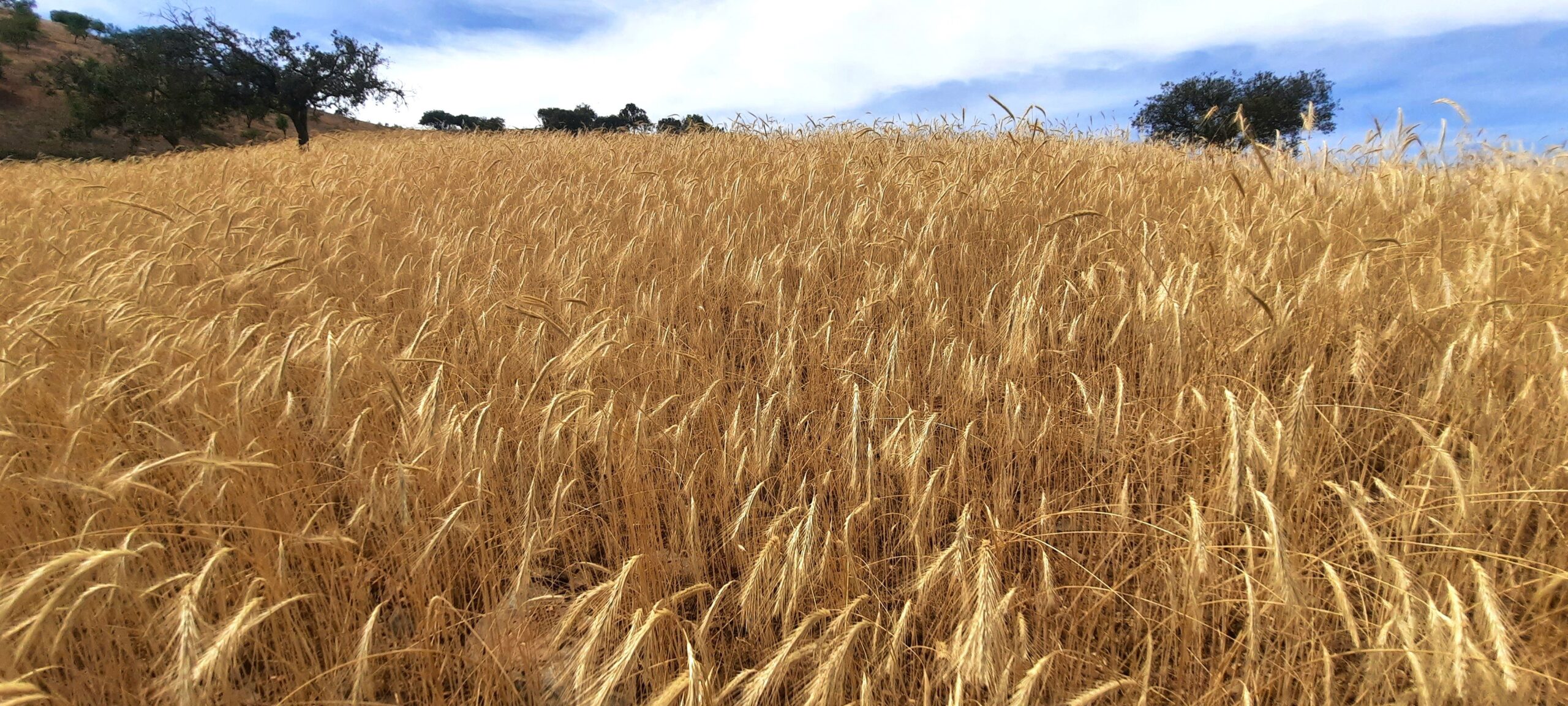
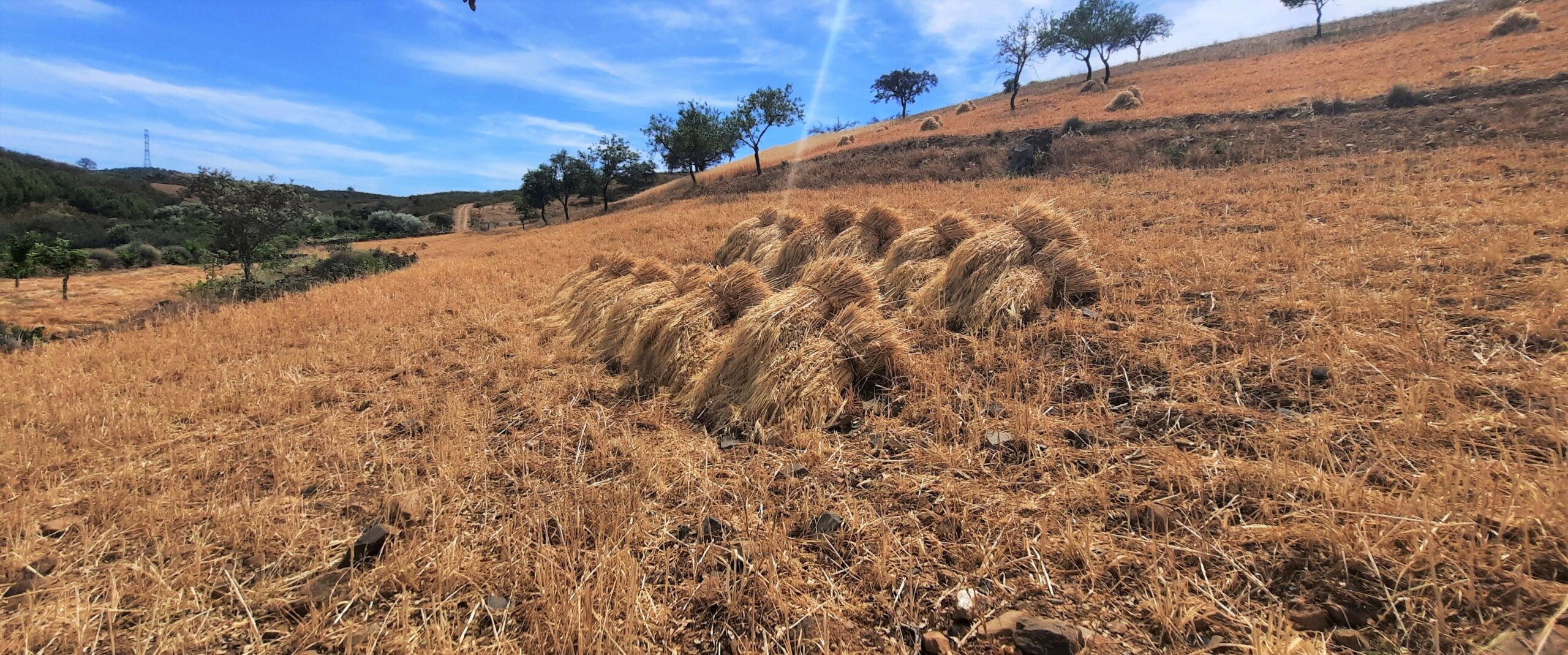
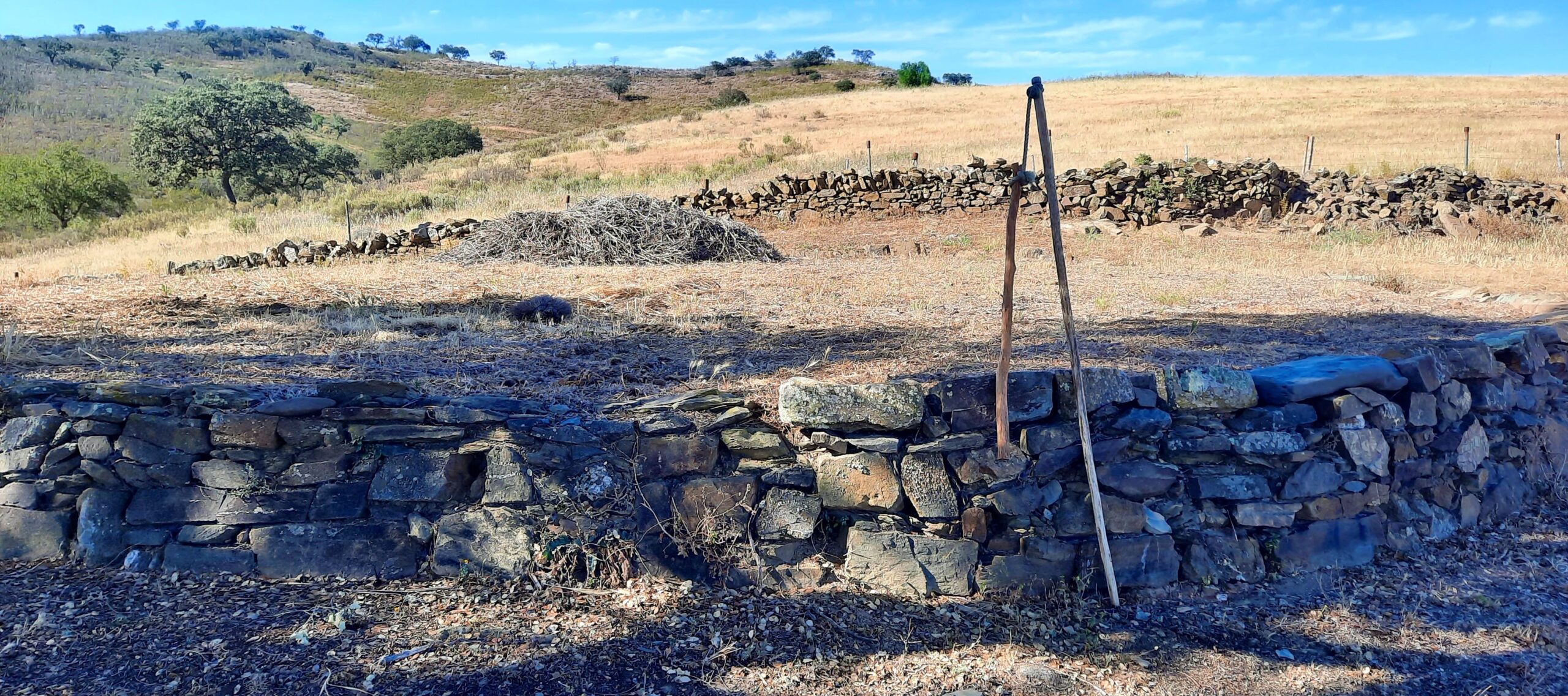
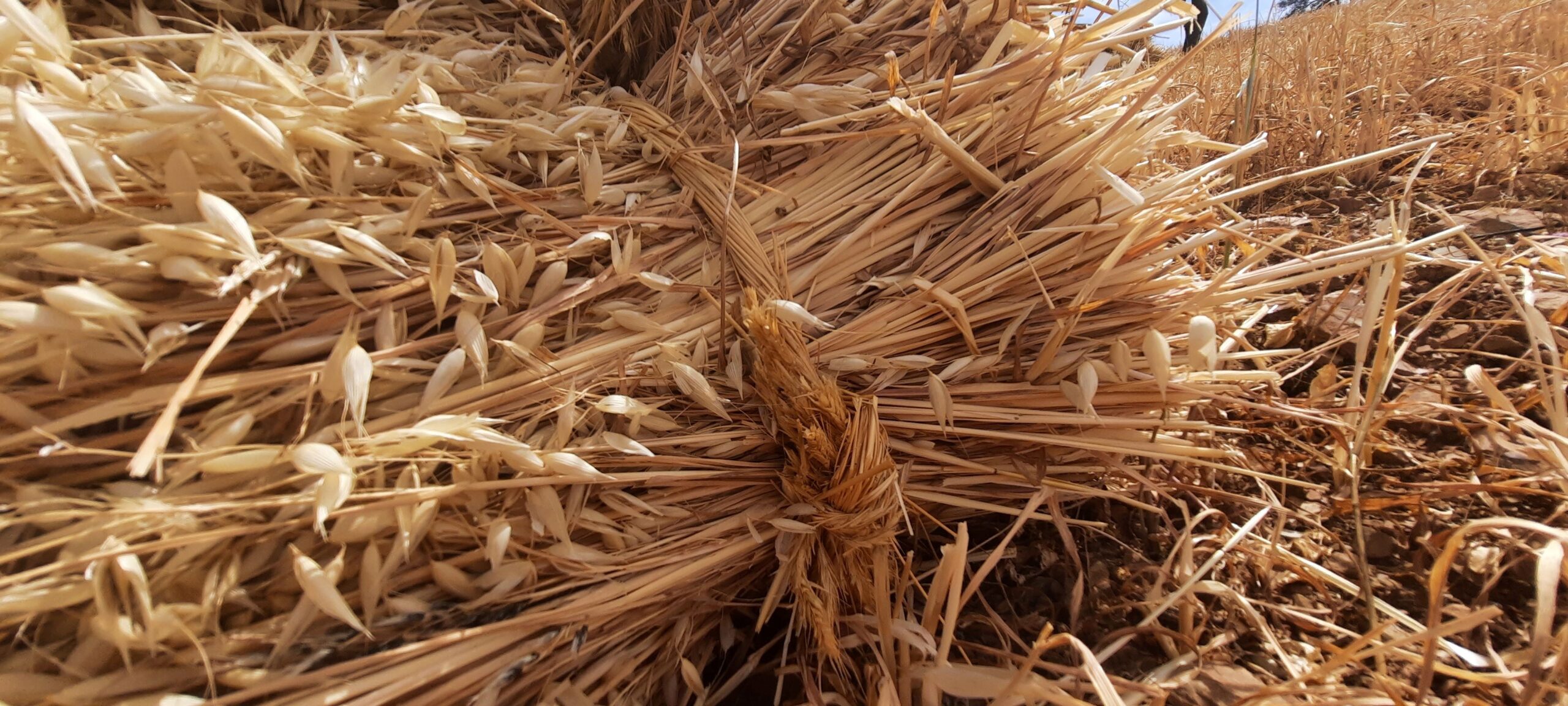
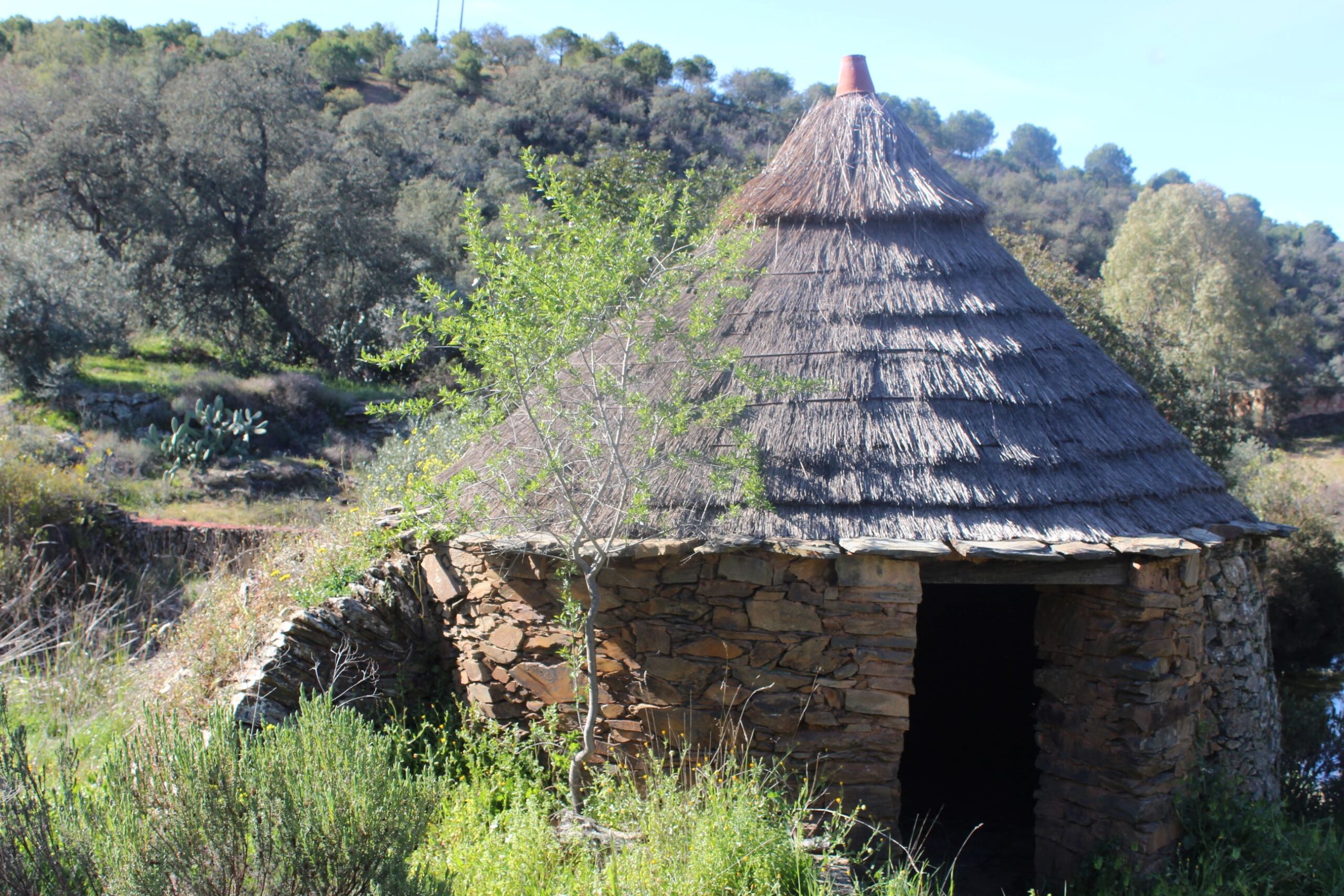
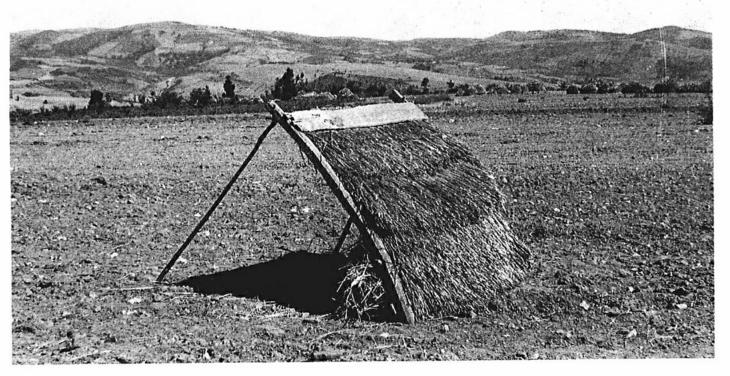
Obrigado Luísa for the interesting article on rye production.
Sadly , this way of life is ending it seems . The rural people are diminishing , and young people do not want that life.
‘Travia’…an interesting word. It could be used for so much of the processed food now eaten by many people.